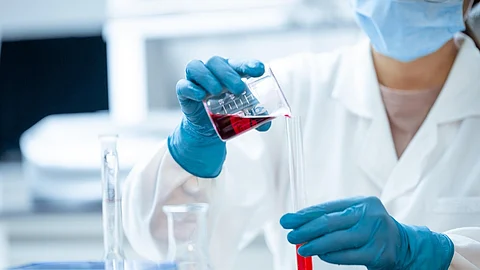Simultaneously, medicines such as finasteride (hair loss) have been criticized because of their side effects, such as low mood and swelling and chest pain in some individuals[2]. It has made specialists, as well as patients, seek safer and more natural solutions.
A Hopeful Future
If the findings in the mice are replicated in humans, it may provide a much safer and more viable alternative form of treating hair loss without resorting to a drastic surgical procedure or harsh drugs.
Dr. Lpez Bran thinks this finding will transform how baldness is treated. He explained to The New York Post that they have hopes to provide people with better alternatives in the future that work and make them better.


